Maybe the most interesting stop on your overland journey through Flores. The region is filled with many traditional Ngada (the local ethnic group) villages preserving century-old traditions. In addition to great nature attractions, the region has enough to keep you busy for a week.
Bena traditional village
It’s the most famous traditional village around Bajawa. All houses are in pretty good condition thanks to a renovation program financed by the government. Bena (and Nage) is widely considered as a center of Ngada traditions (pusat adat).
You will very likely meet other tourists in this village. It’s the most picturesque of the region but it might feel more like a living museum than a village.
Inhabitants weave and sell traditional fabrics.
You will be asked to sign the guestbook upon your arrival and to proceed to a free donation. 10’000Rp per person seems a minimum.
Great nature South of Bajawa
Hike Mount Inerie
Mount Inerie is an easy volcano hike South of Bajawa (3h30 up, less than 2h30 down). As usual, check out the excellent Gunung Bagging website for tips and GPS track. I posted more pictures and details in a dedicated article.
Manulalu viewpoint
Not far from Bena, don’t miss a great viewpoint called Manulalu. The owner of the land has built some cheesy statues to attract Indonesian instagramers but fortunately they don’t ruin the great view down the valley.
A donation is expected at the entry but it’s most of the time unguarded so simply leave the reasonable amount requested (I forgot how much) in the wooden box.
Malanage hotsprings
One of the hotsprings that can be found in the region. This one is quite relaxing because of its settings. You can alternatively enjoy a cold and hot stream without leaving the water. Entrance fee is 10’000Rp.
Lively Ngada culture: the Reba ceremony
Reba is an annual thanksgiving ceremony held every year in many Ngada villages. Bena starts after Christmas (usually on the 27th December) and then the other villages (Nage, Gurusina, Langa, Beiposo, Luba, Bea, Tololela …) hold their own ceremony until the middle of January. Some villages hold the ceremony in February (Deru, Ruto, Turekisa …).
I was around at the right period so I decided to attend the ceremony in Gurusina which was supposed to start on 2nd January 2018. There I learnt that the Reba ceremony actually lasts almost 1 week and the opening ceremony is at night. So I was there 12 hours too early. Hopefully, the village of Dona a few kilometers further had already started the previous day and I went there.
And it was a great choice. Even though Dona only has a few traditional houses standing (the other ones being built with corrugated iron roof), I soon realized that Ngada culture was not limited to thatched roofs.
Reba is about some traditional rituals but first and foremost it’s a feast. From the 1st at night until the 7th, villagers are banned from eating or drinking anything brought from the outside, even the wood for cooking has to be stocked up beforehand.
I spent one day there, going from groups to groups to chat with the inhabitants and learn a bit about what was going on. I think I had 5 meals and countless glass of arak. Everyone was very friendly.
Kids play with some kind of bamboo guns that make a deafening noise. It’s similar to what you can see on this video.
The ritual itself (or at least the first part of it) took ages to start (maybe I arrived at 9AM and it started around 5PM). First a procession came from the ‘modern part’ of the village, joining people already in the ‘traditional part’.
Then elders killed a chicken, and checked its guts to see omens. Some singing and dancing followed.
Then another procession was formed and brought some offering wrapped in palm leaves through the village. They lend me a sarong to join them.
But the ritual wasn’t over. I was told the next step was ‘lempar telur‘ (litteraly ‘throw the egg’). I was also warned earlier that at one point all men in the village (including me) would have to hide to avoid being seen by some special women. Then some would go hide in the 2 traditional houses overlooking the village, there would be a call that everyone in the regular houses was supposed to reply to.
By the time the procession was back to its starting point, night was already on us. I decided to decline the offer to stay overnight and to drive back to Bajawa (quite slowly because there is no light on the road and I could feel the effect of all the arak I had earlier).
Overall it was a great experience. Time might seem very long though, if you cannot speak Indonesian on a decent level in order to understand what is going on. I spent most of the day chatting, eating and drinking. Before I left, I gave 100’000Rp to the family who kept my bag and lent me the sarong.
Reba is a yearly event. I guess the largest ceremonies are held in Bena and Nage who are considered the two places where the tradition is the strongest. But attending it in a smaller village has it own charms. Definitely ask around if you happen to be in Bajawa between Christmas and mid-January.
Beyond Bena: other traditional villages
Gurusina
Update : 27 out of 33 houses have burned in August 2018 (read this). Hopefuly, villagers will be able to rebuilt their village while preserving its original architecture.
A few kilometers from Bena, you have another similar but much less visited village. It’s Gurusina. Again you will be asked to fill a guestbook and leave a free donation (10’000 per person is a minimum).
I spend about an hour there and I was the only visitor. I immediatly met a villager who insisted to give me a tour of his village. He gave me a lengthy explanation in Indonesian, but it was in 2015 and I unfortunately understood maybe half of what he said.
It was still pretty interesting:
- Women and men live in separated house and they have to use a designated shared house if they want to spend the night together.
- Most of the villages inhabitants emigrated to look for a better job. Most of them come back to attend important ceremonies
Ngio
Roughly located between Nage and Niki Sie, Ngio is interesting for its mix of old and new. Houses are also built side by side which is unusual if I’m not mistaken.
On the upper part of the village, you have also a traditional altar for ritual sacrifices. Next to it, I met two laughing ladies chewing betelnut :
Other ideas: Tololela, Wogo, Belaraghi …
Other villages with a preserved architecture are Tololela (close to Gurusina), Wogo, Belaraghi … Informations to find them can be found on Flores Tourism Board’s website.
Transport and accomodation in Bajawa
Bajawa is rather sprawling for a a small town but most of the accomodations and restaurants catering to tourists are located in the same part of the town. Their number has grown significantly in the last years.
I really like Dagalos Homestay, run by a lovely family (mother and daughter). Price is 150’000Rp for a double room, hot shower (Bajawa’s weather is cold) and breakfast.
They don’t rent motorbikes but the very nice owner of Eldelweiss Homestay 100m further (walk up the street for 20m and turn right, Edelweiss Homestay is not the same as Hotel Edelweiss) rent also to non-guests for 75’000Rp/day.
Dagalos is located less than 100m of Hotel Edelweiss which is the historical tourist hotel in Bajawa. All the restaurants between the two places cater mostly to tourist. Walk 200m down or up the street to pay 50% less for the same thing.
Buses to Labuan Bajo are priced at 120’000Rp per person. Expect to arrive in the late afternoon after getting picked-up around 7AM. Otherwise locals seem to wait for it on a street I put on the map. The bus stops in Ruteng on the way, half fare.
Buses to Ende and then Maumere can also pick you up but seem to stop at a small bus station near the police station. Location is on the map too. Fare is slightly higher, 150’000 to Maumere and probably half fare to Ende. Expect to arrive around 4-5PM when leaving around 7AM.
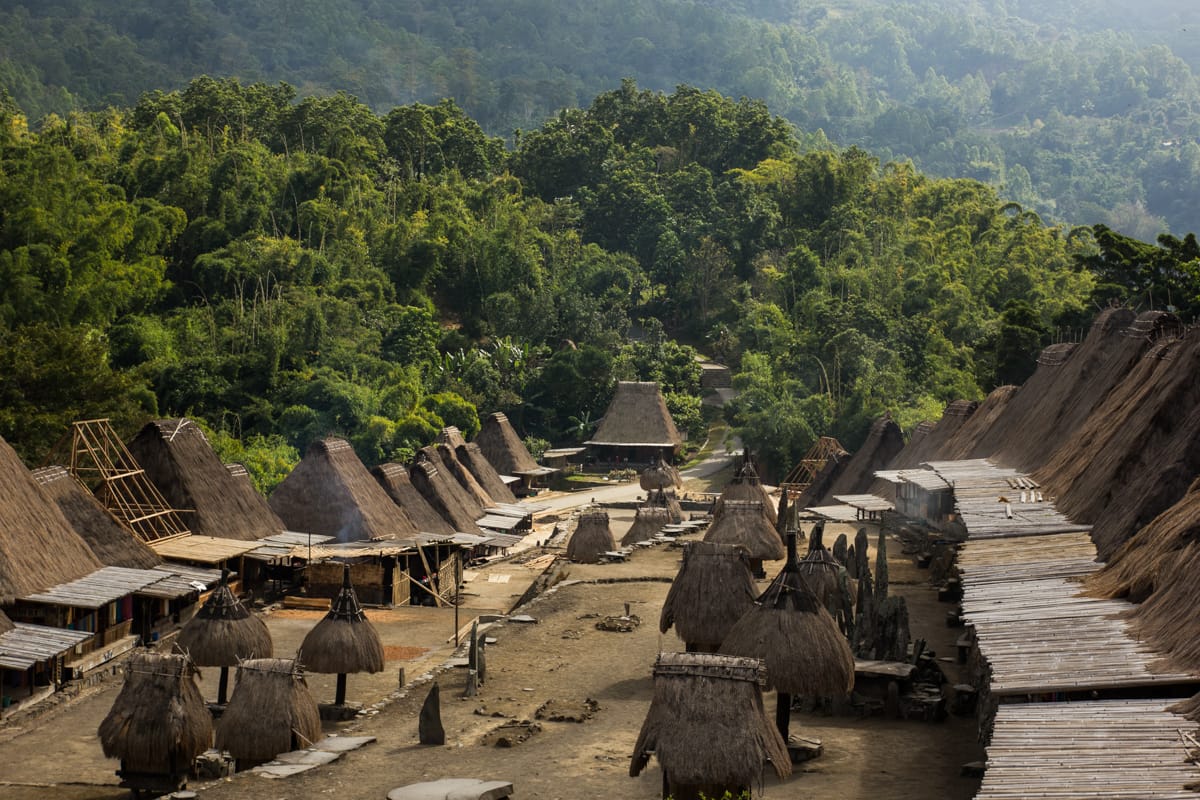
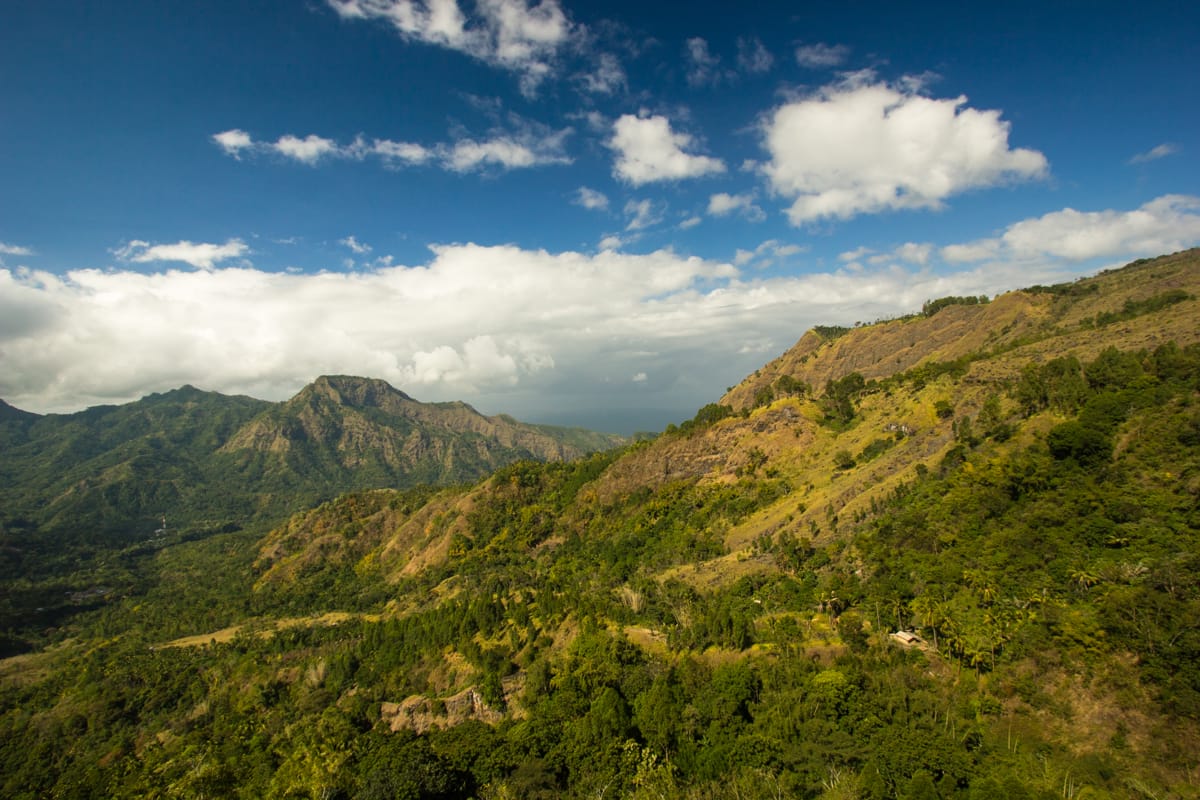
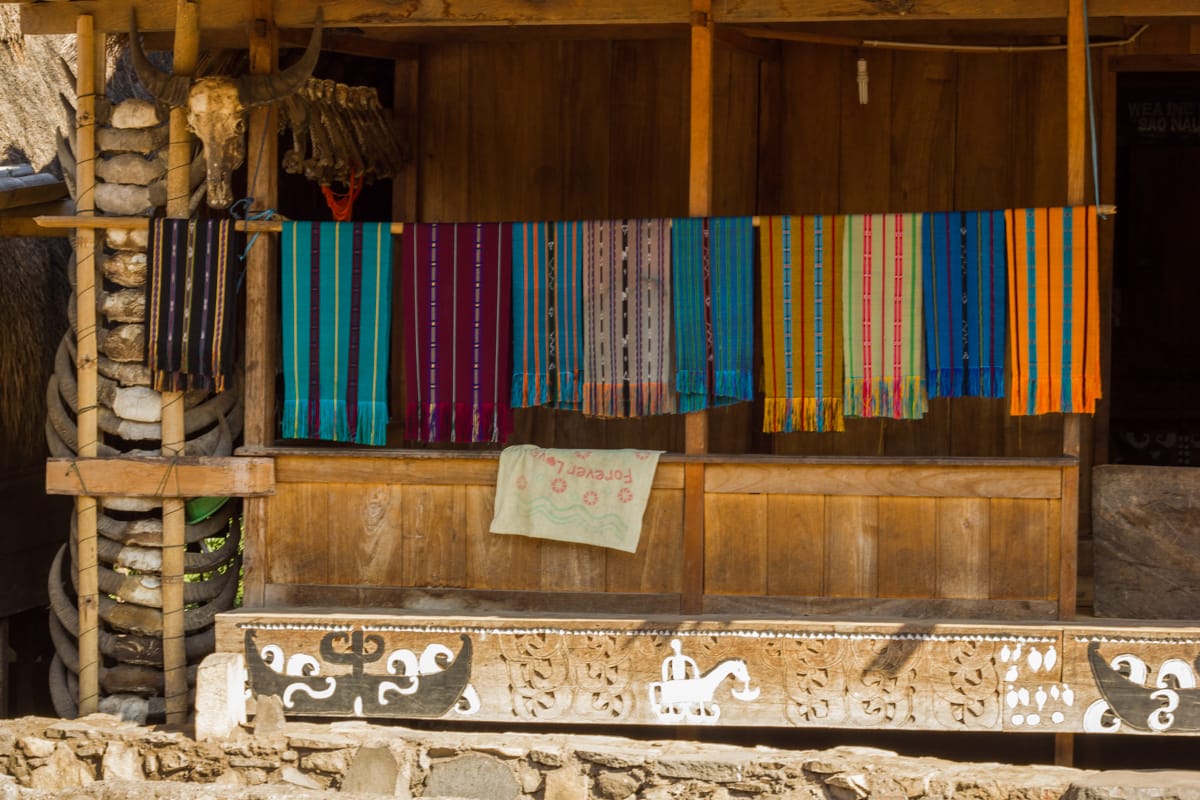
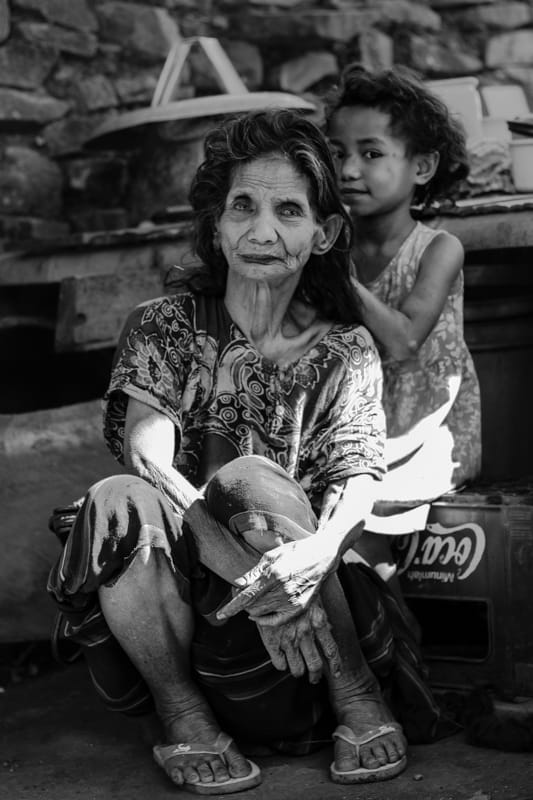
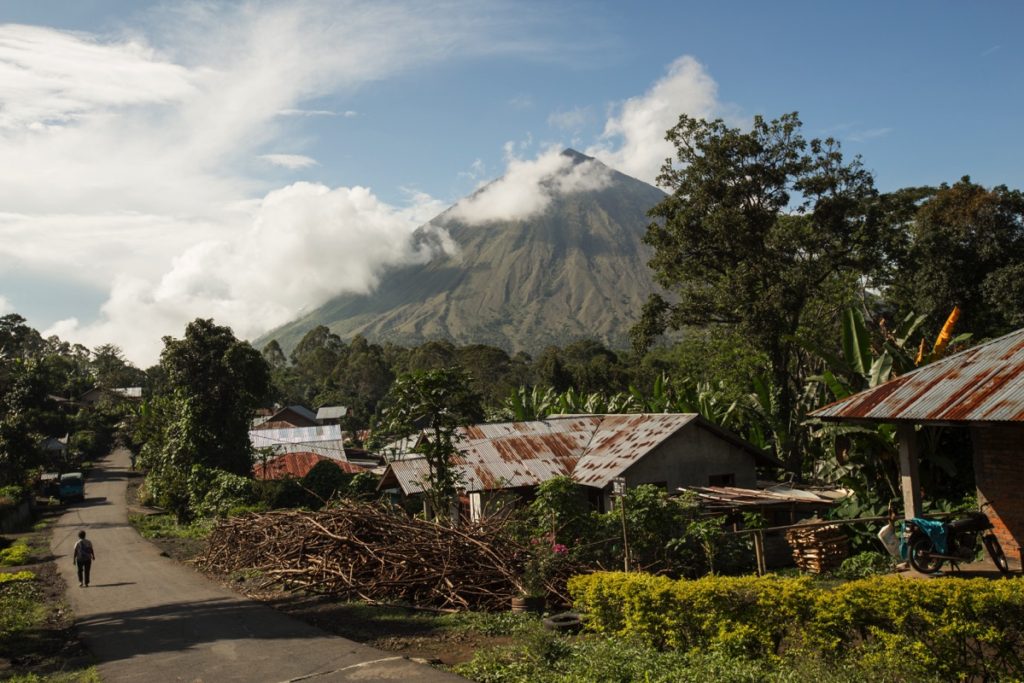
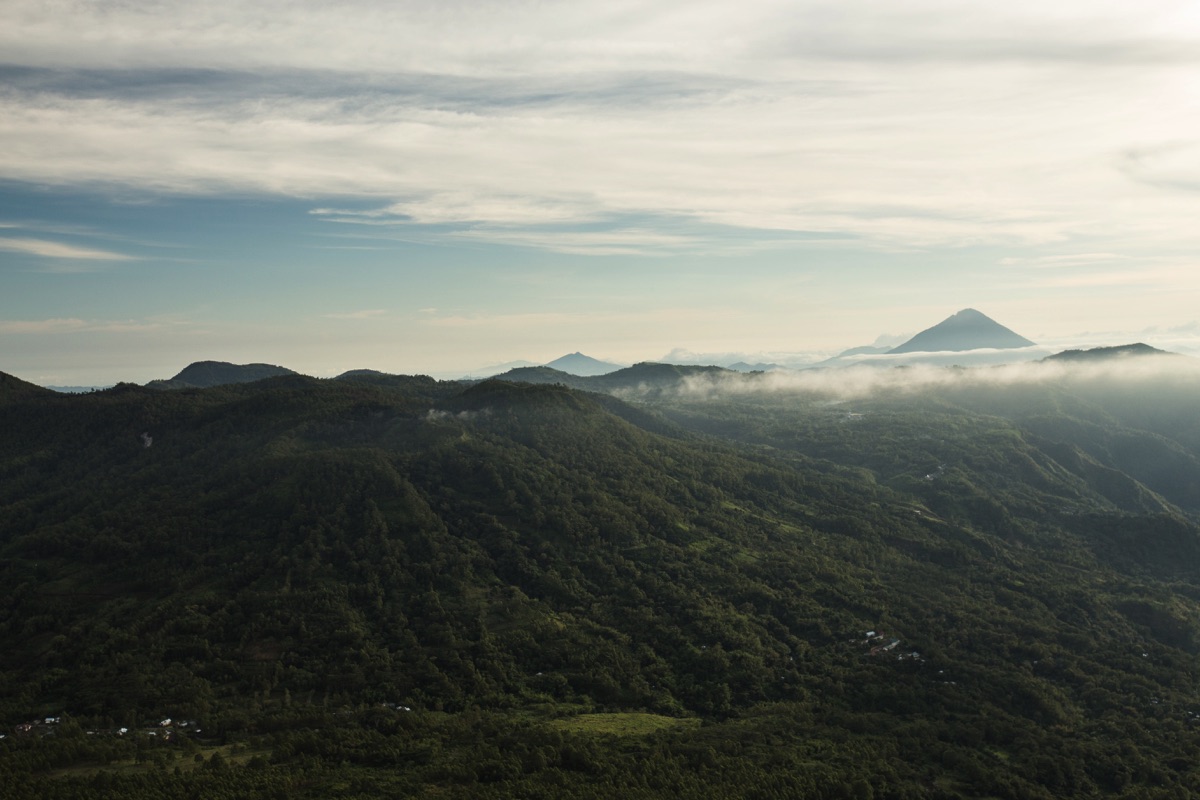
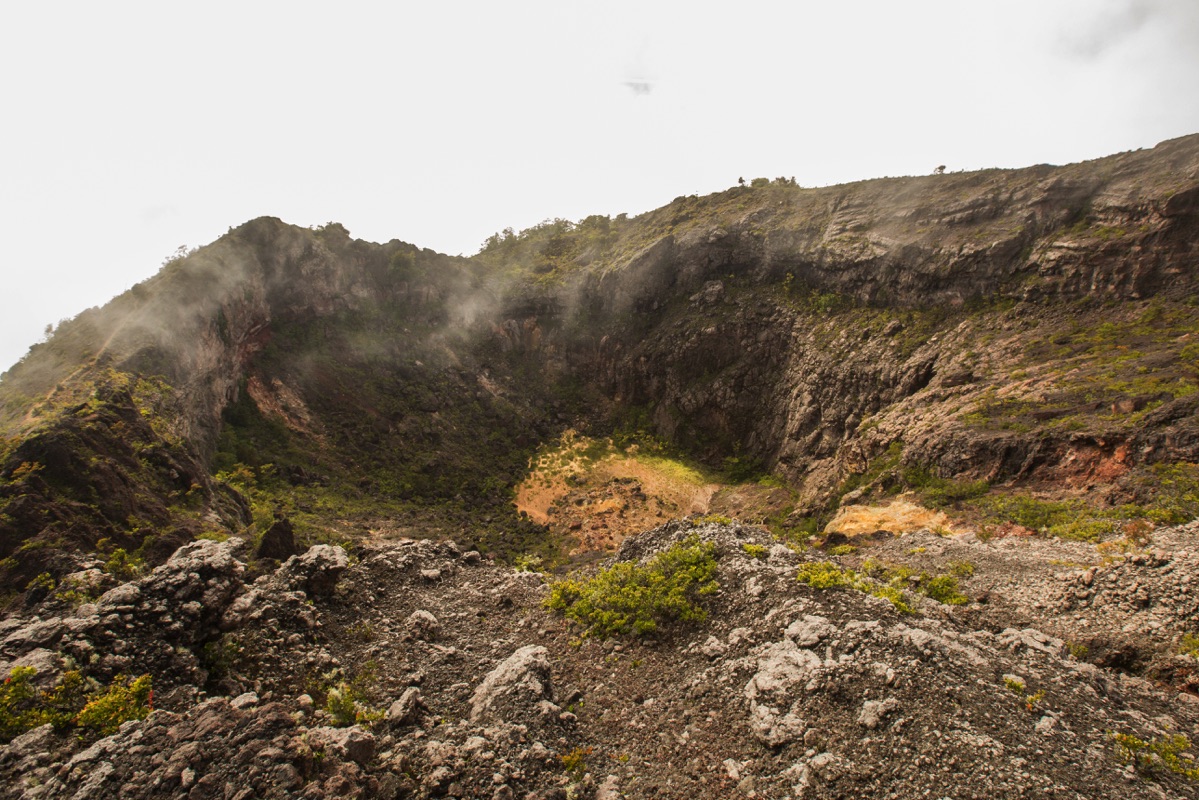
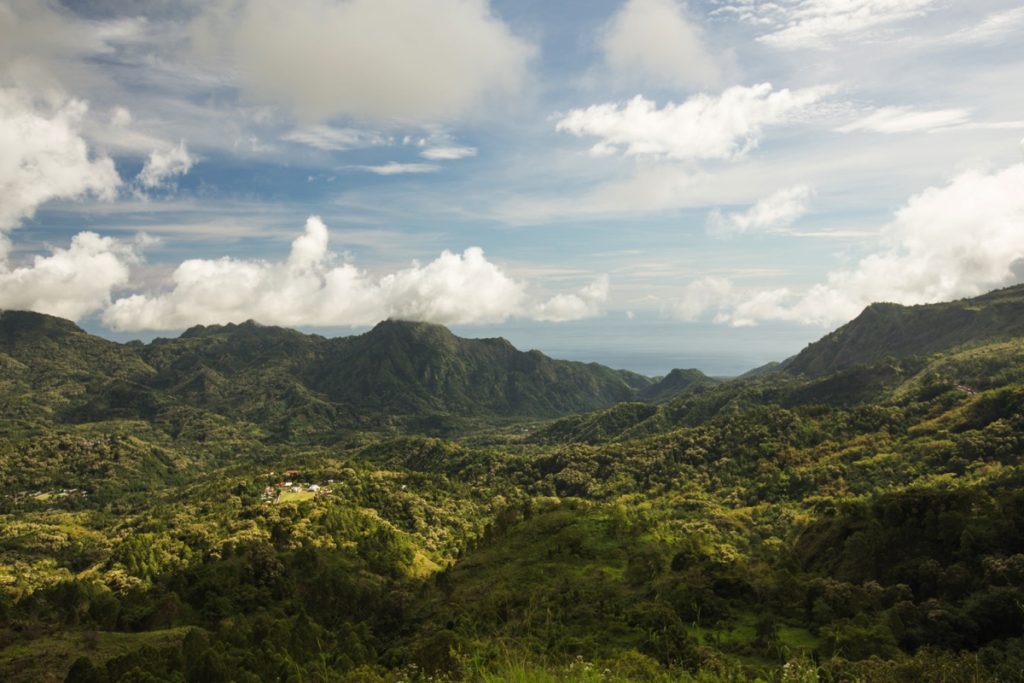
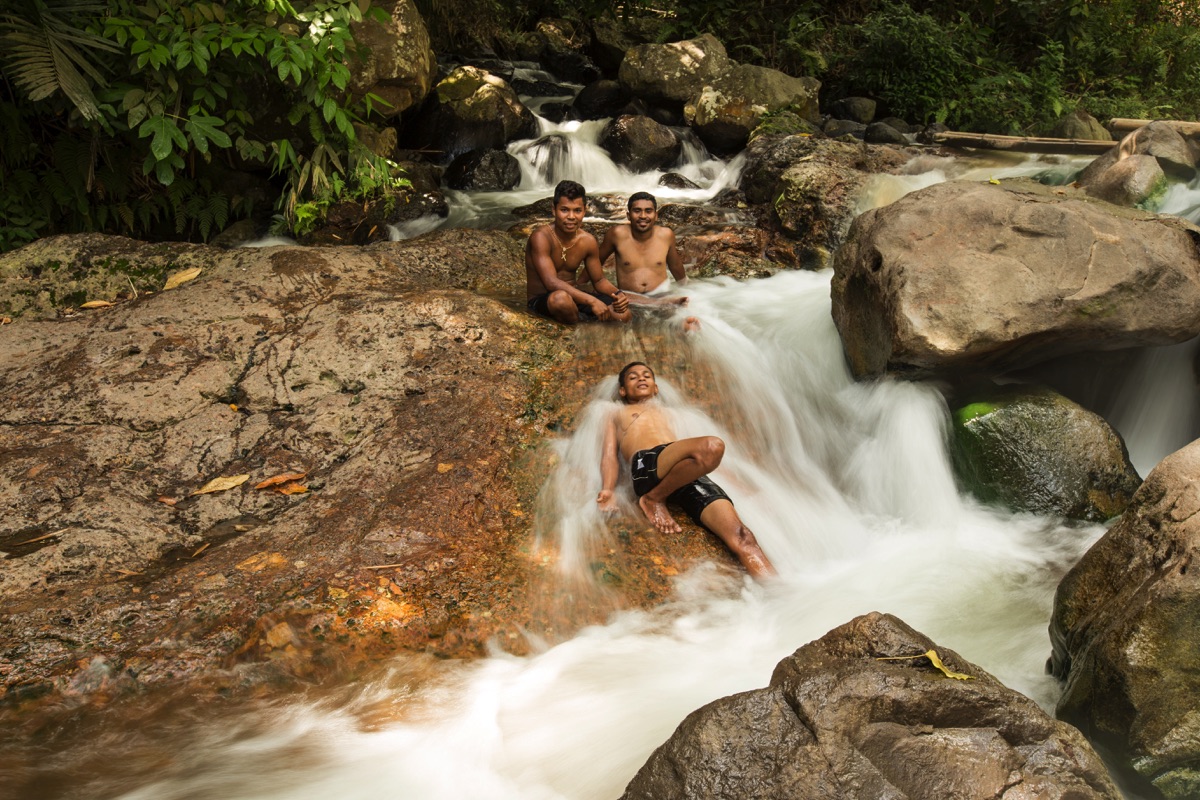
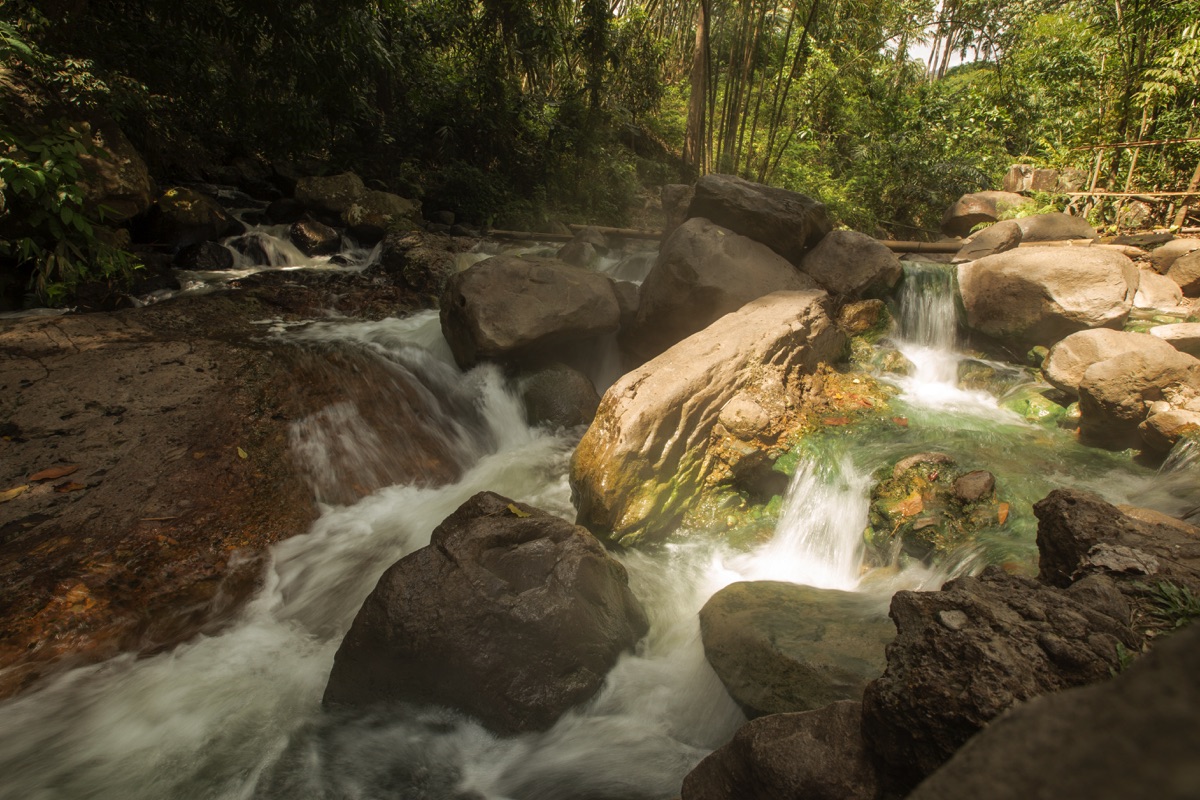
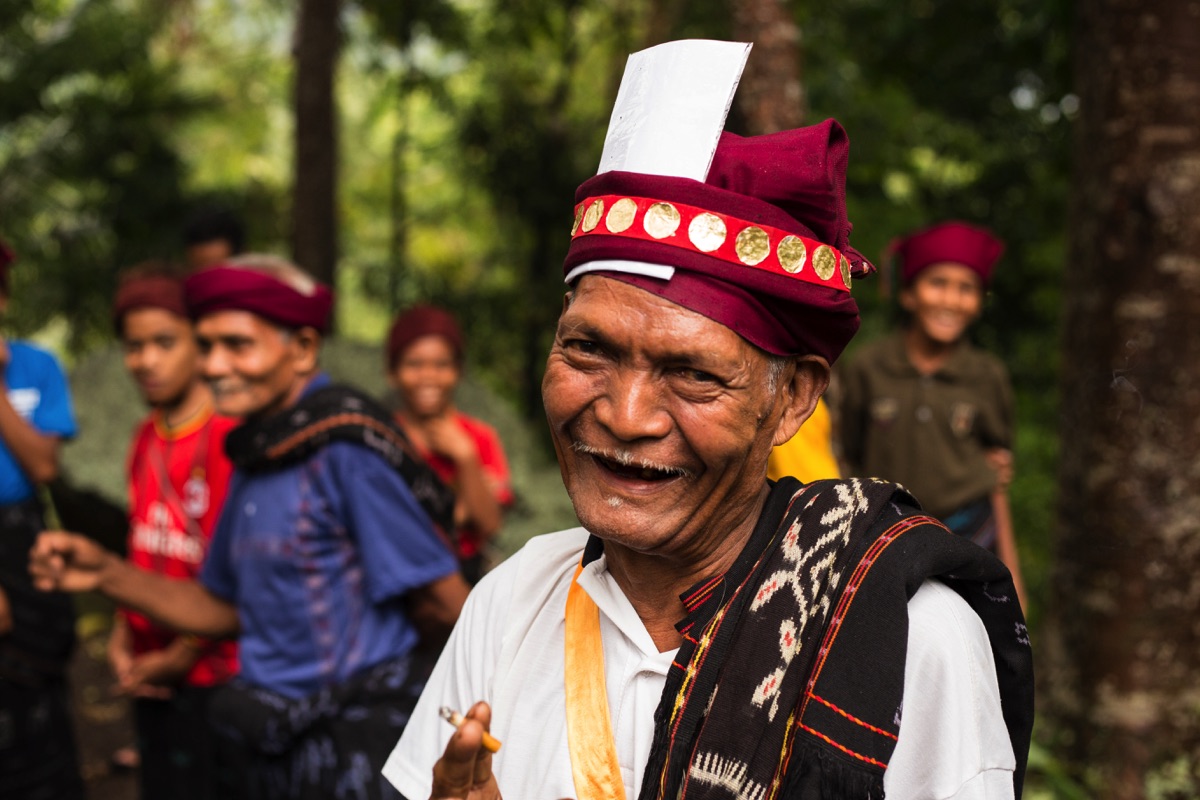
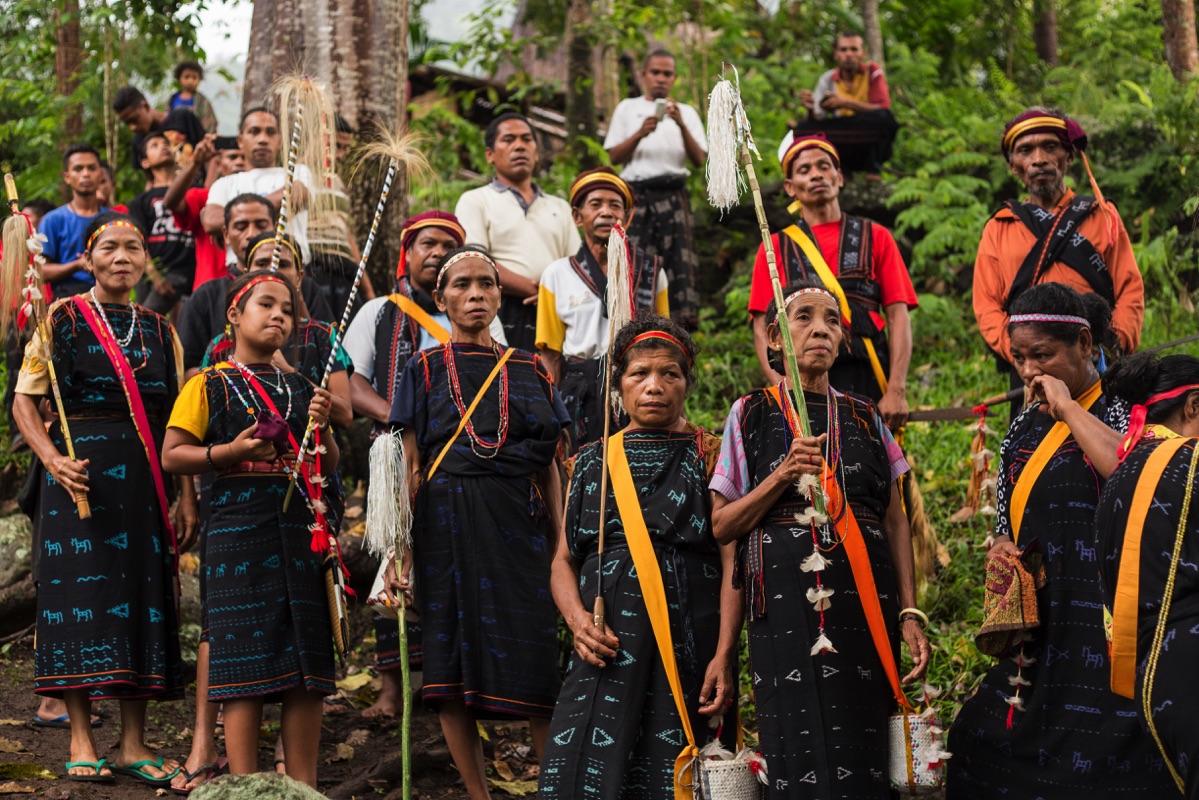
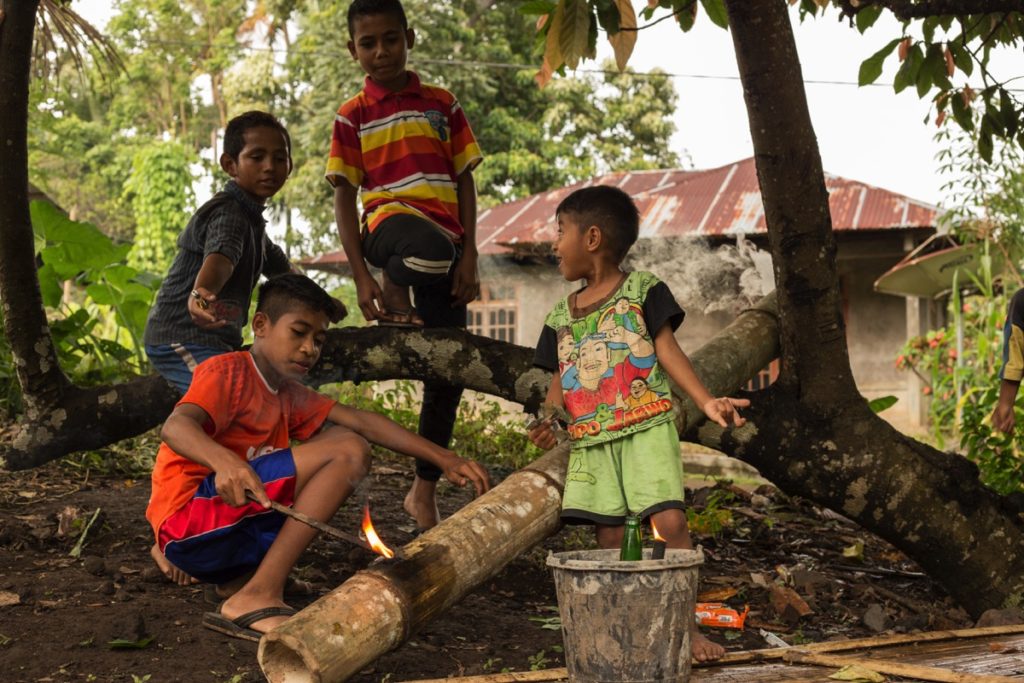
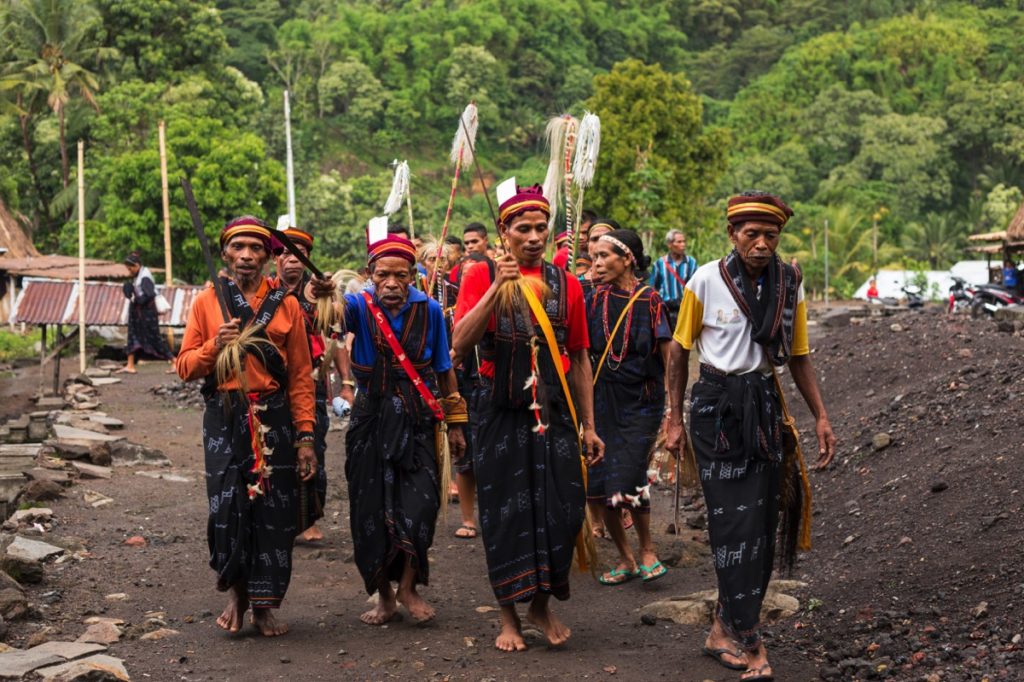

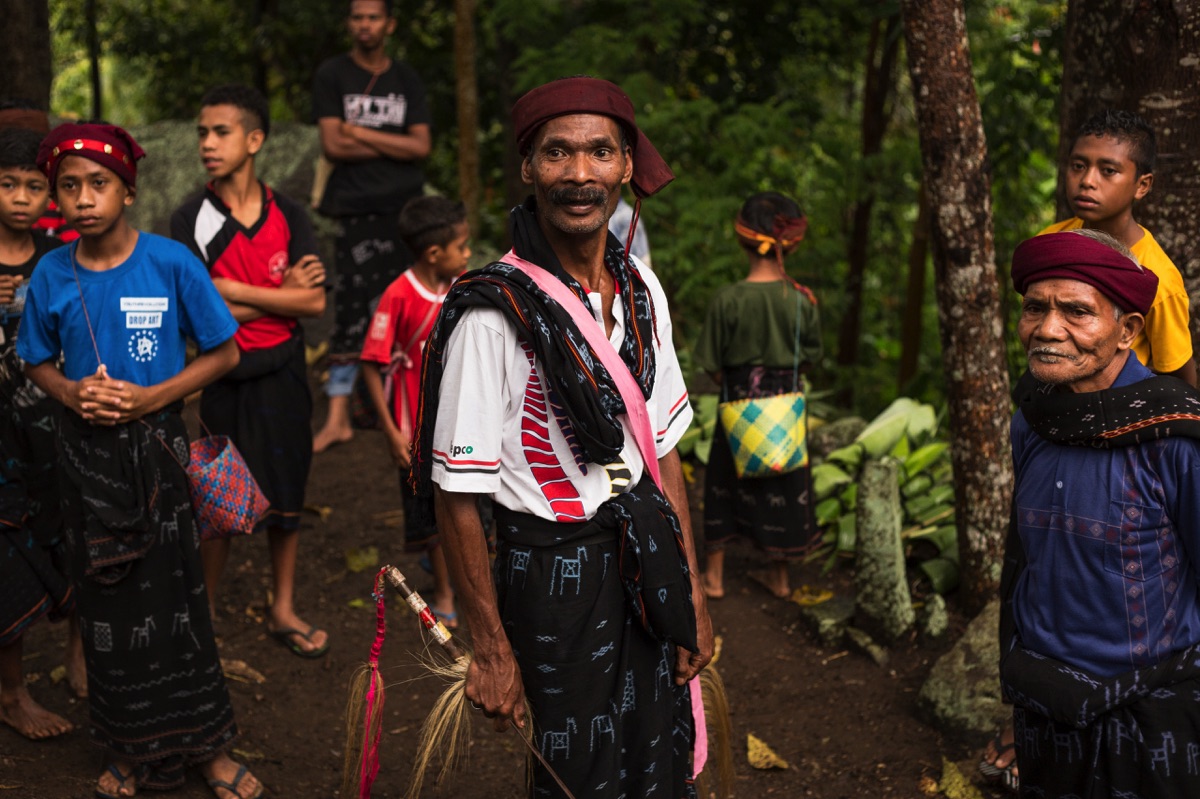
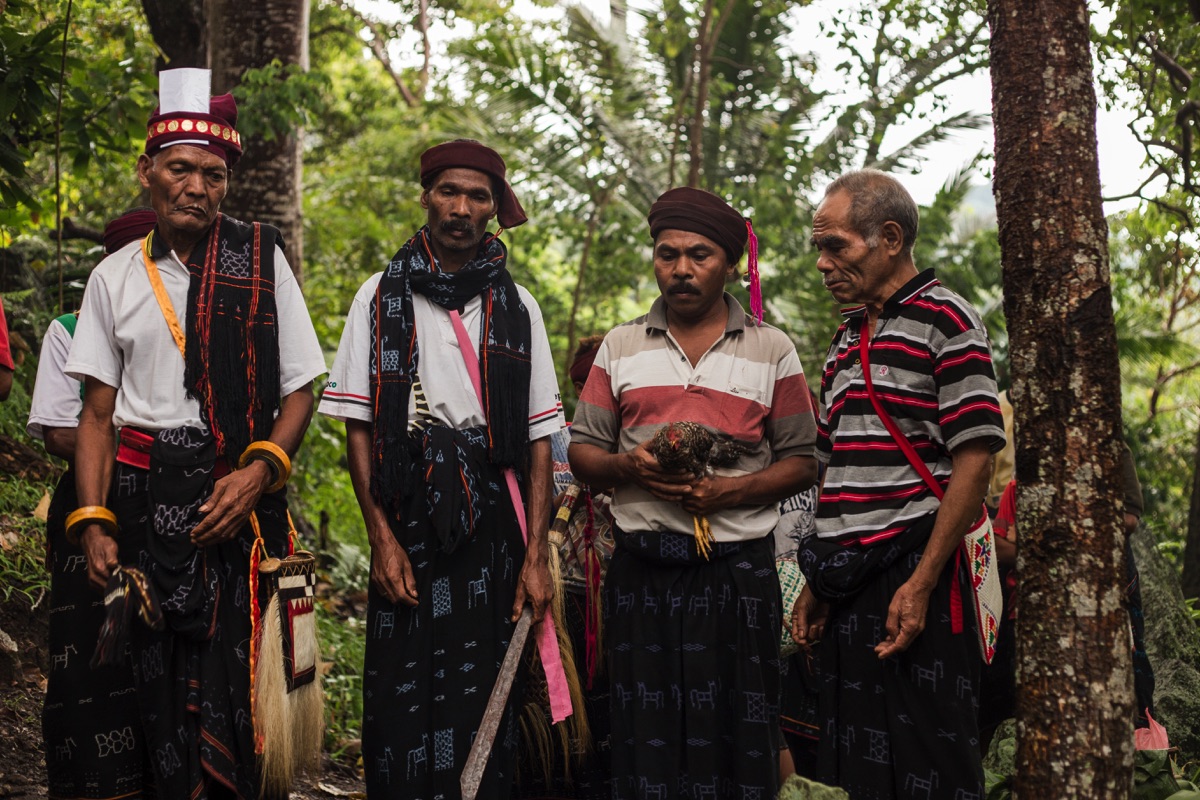
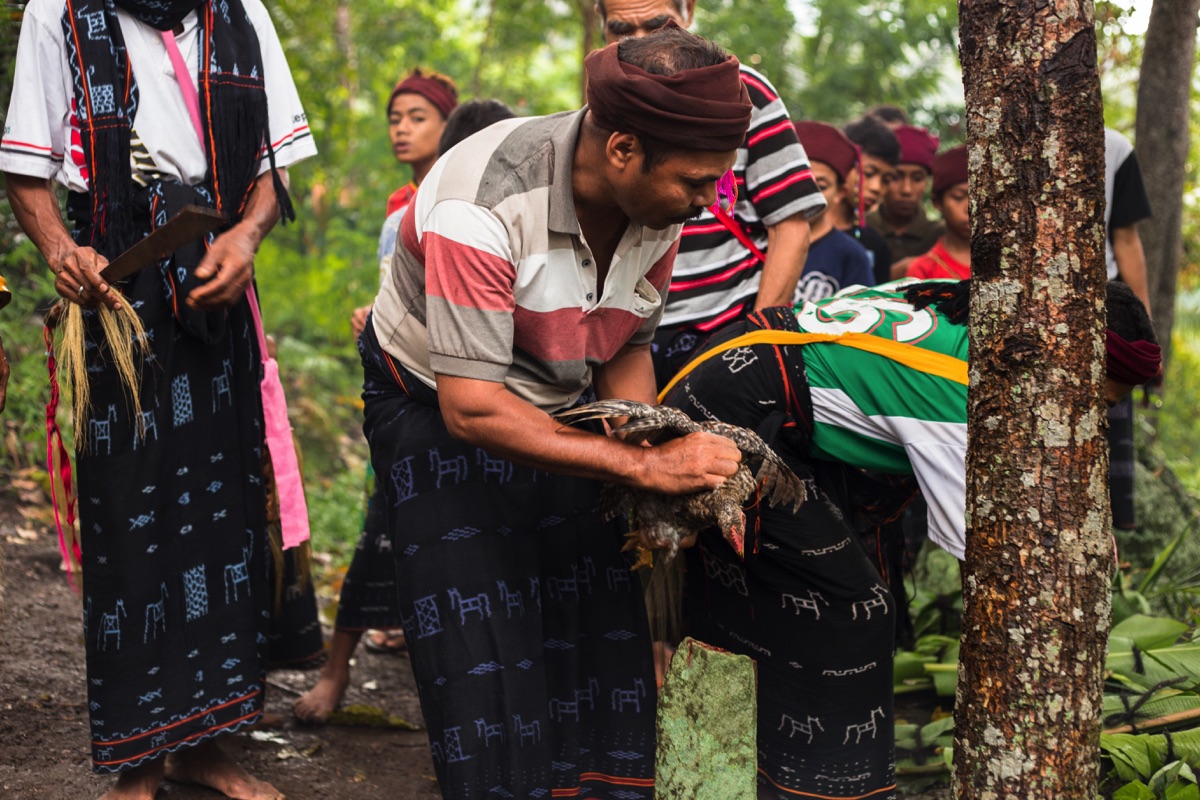
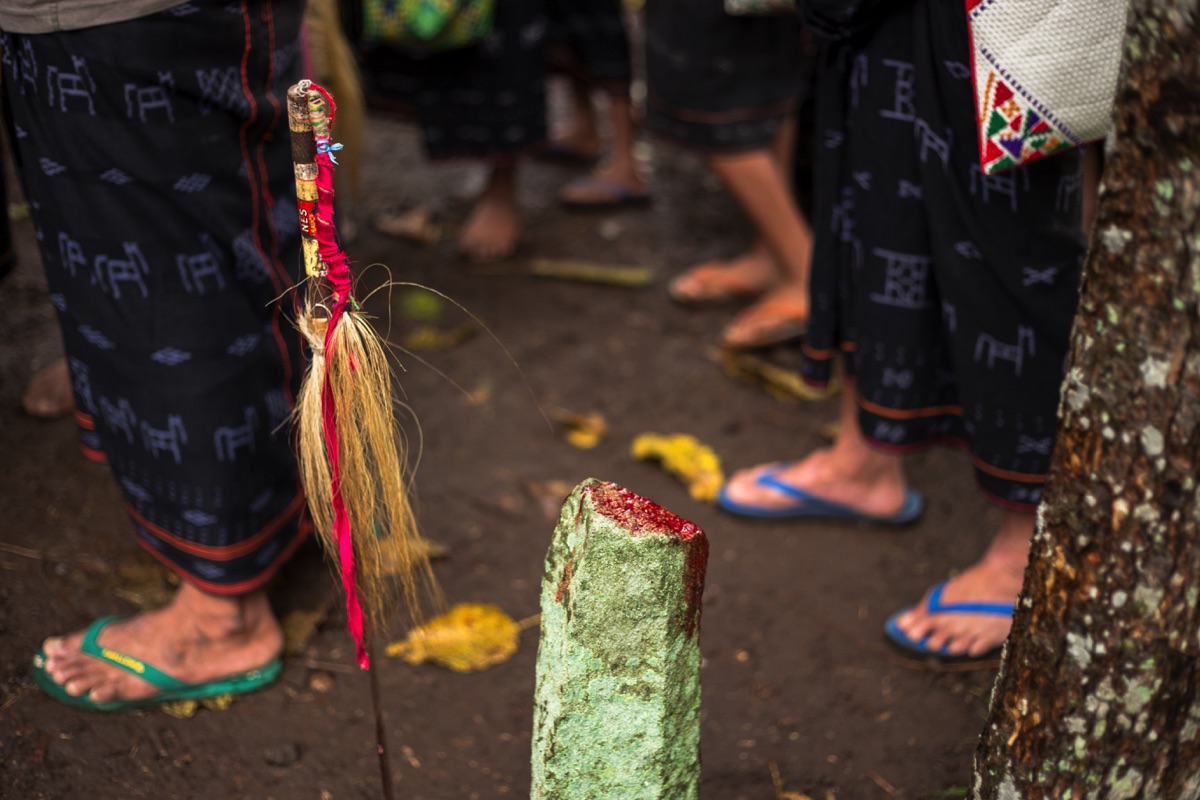



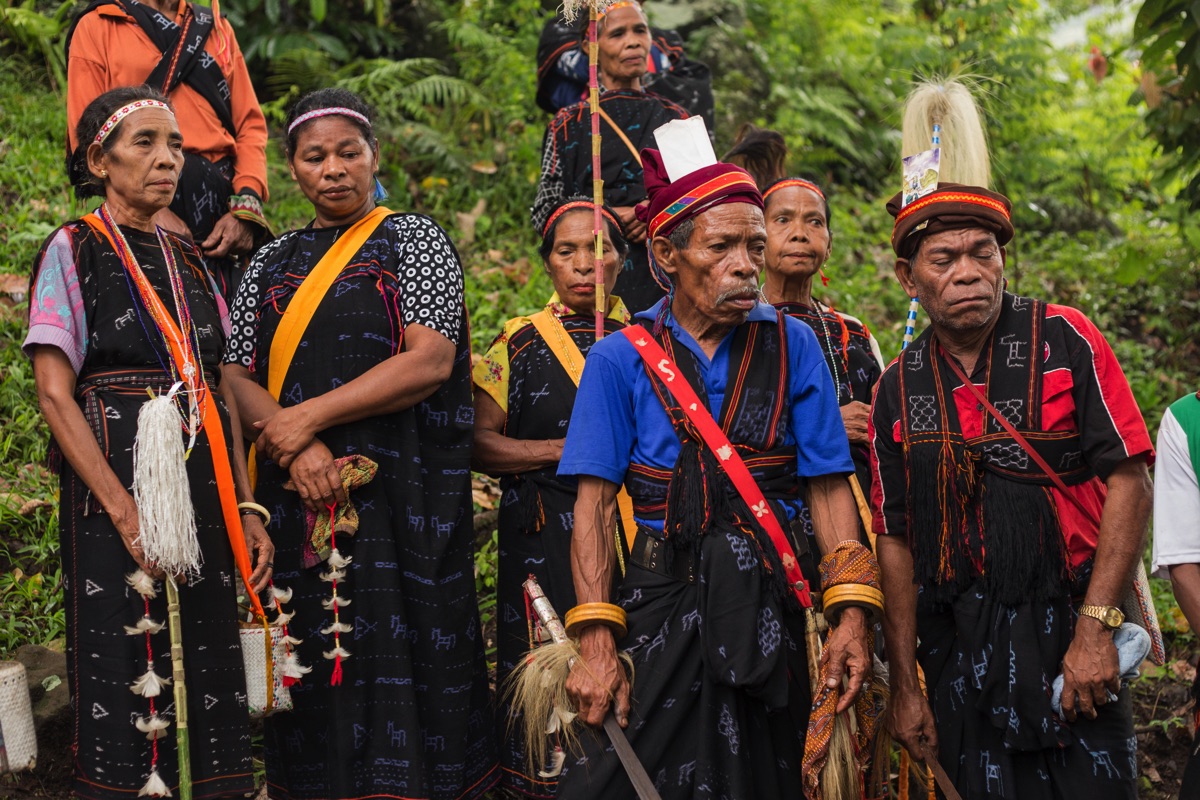
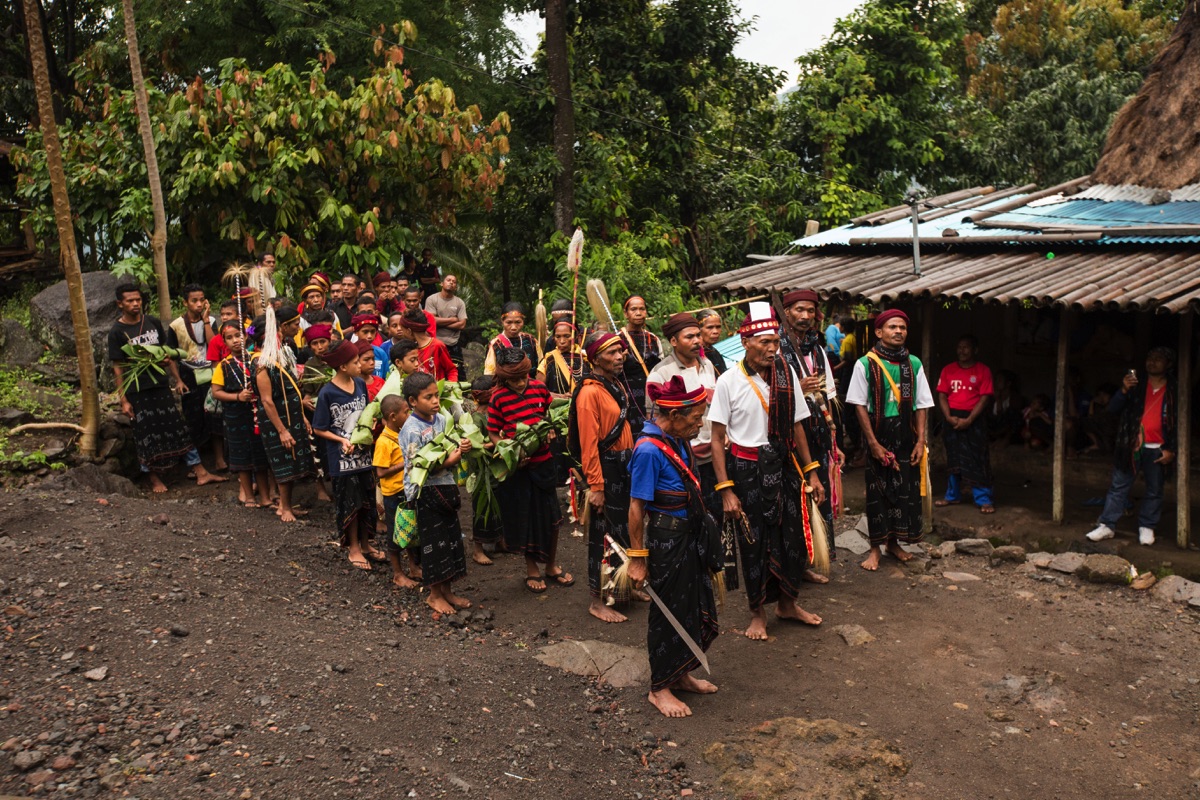
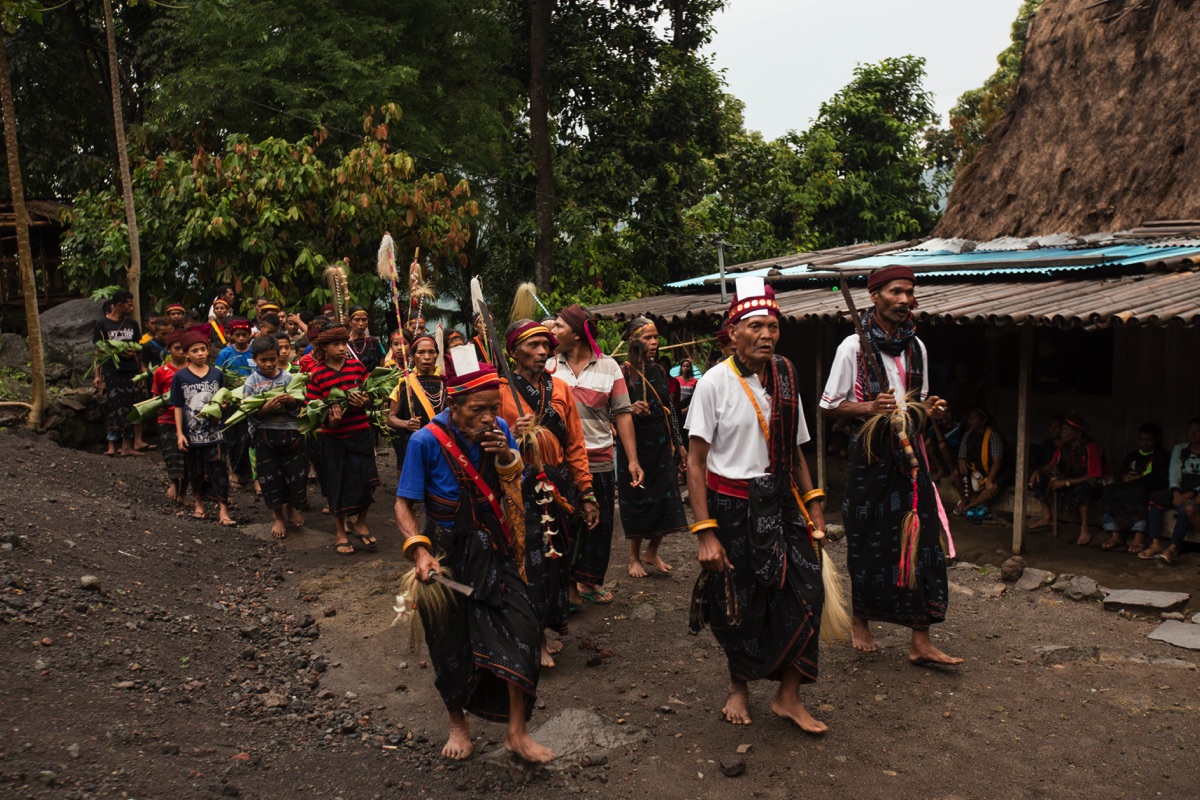
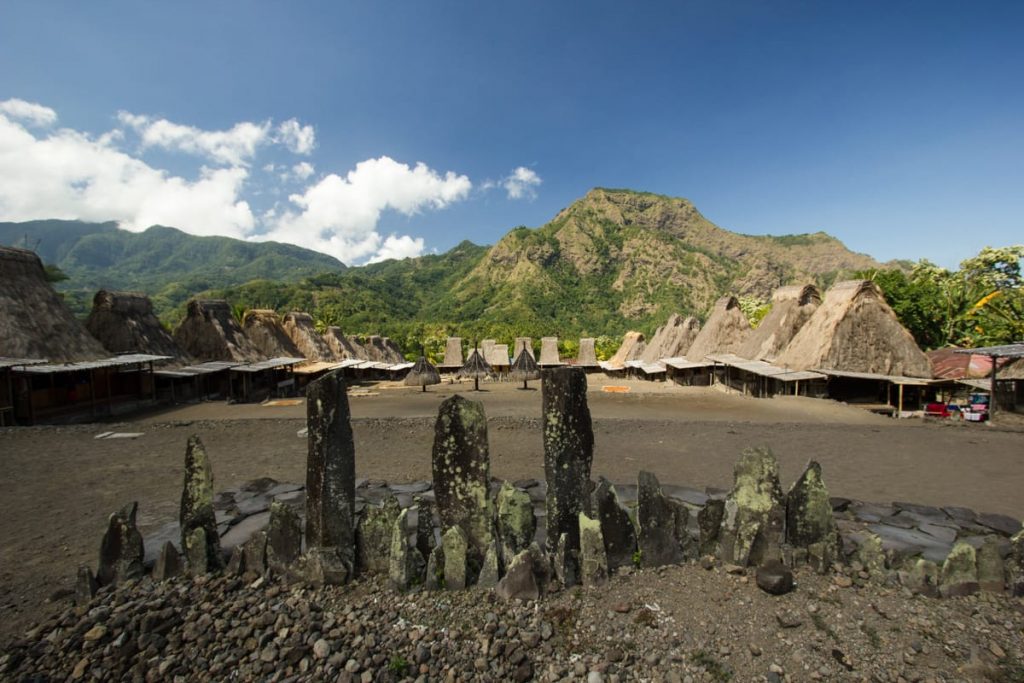
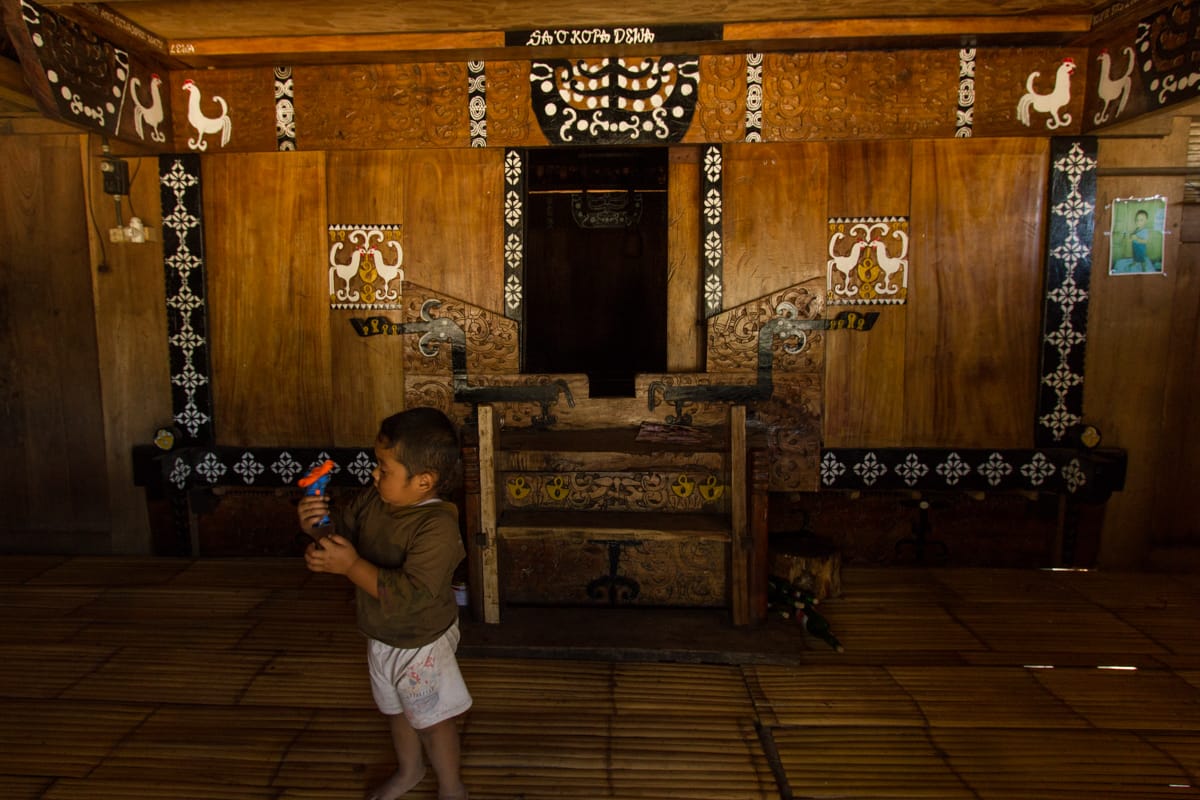
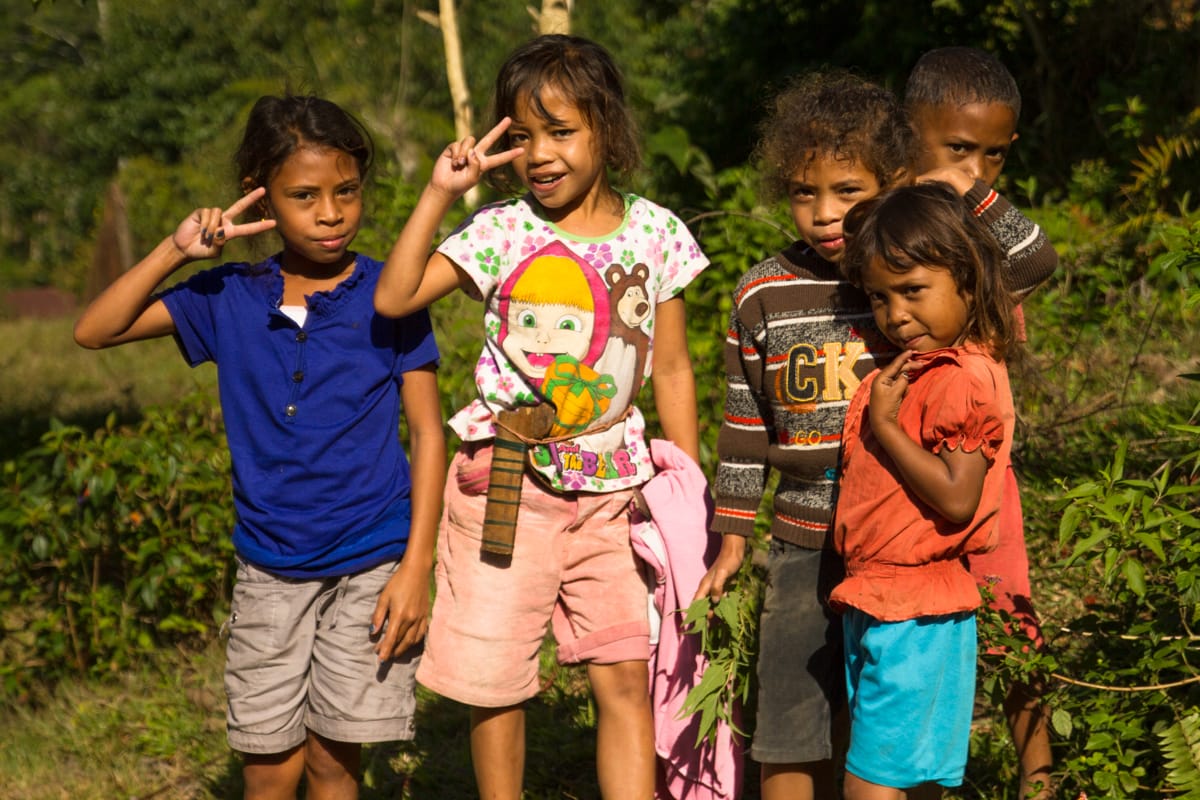
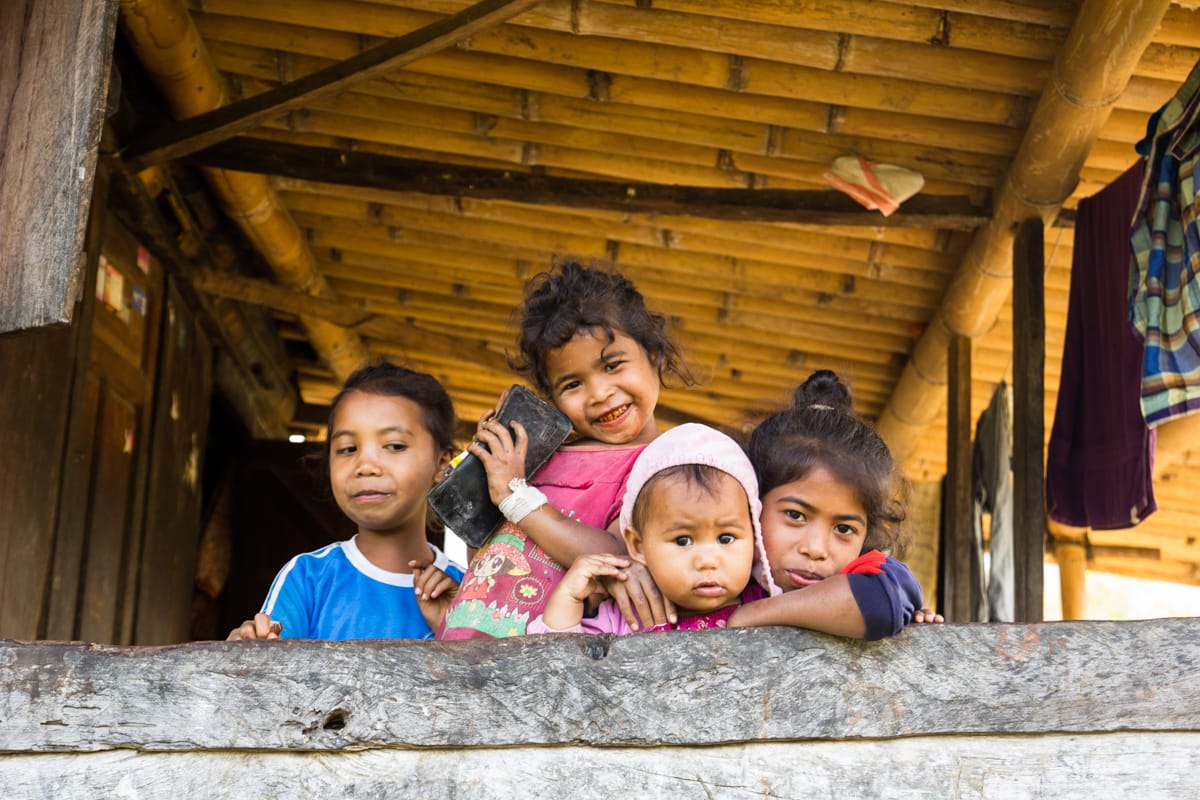
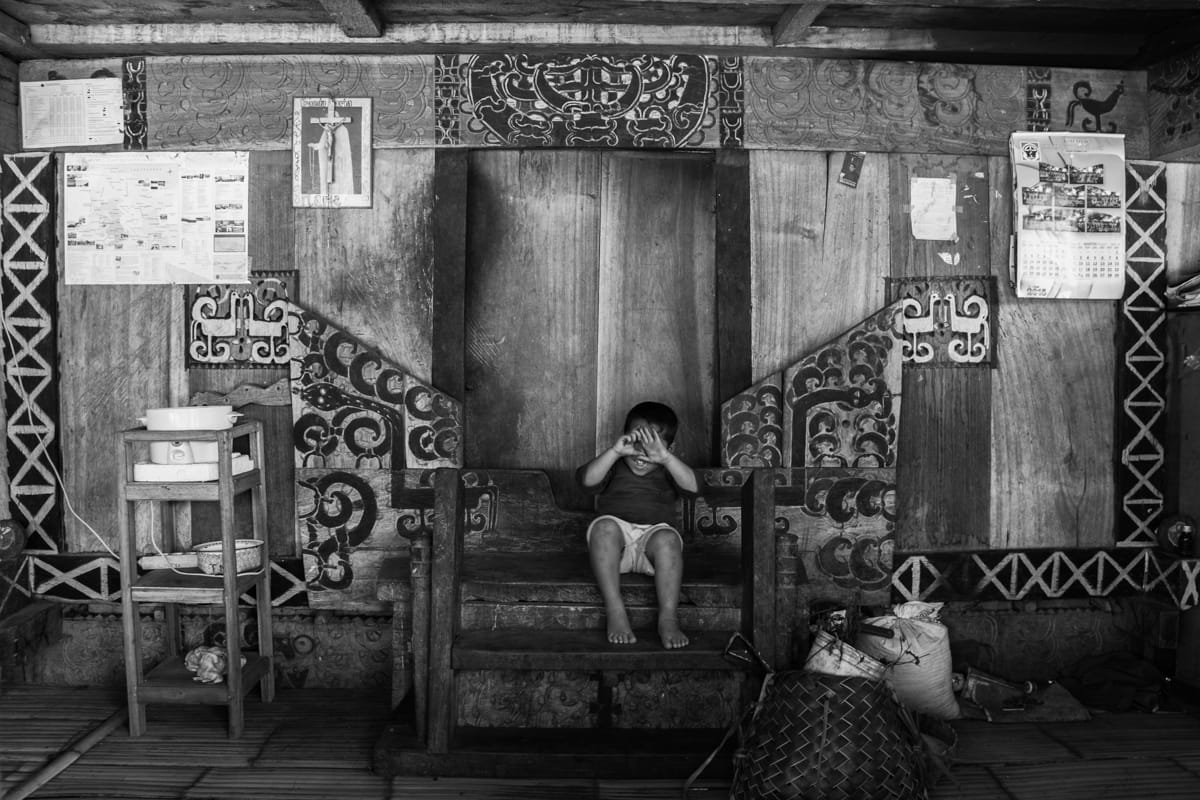
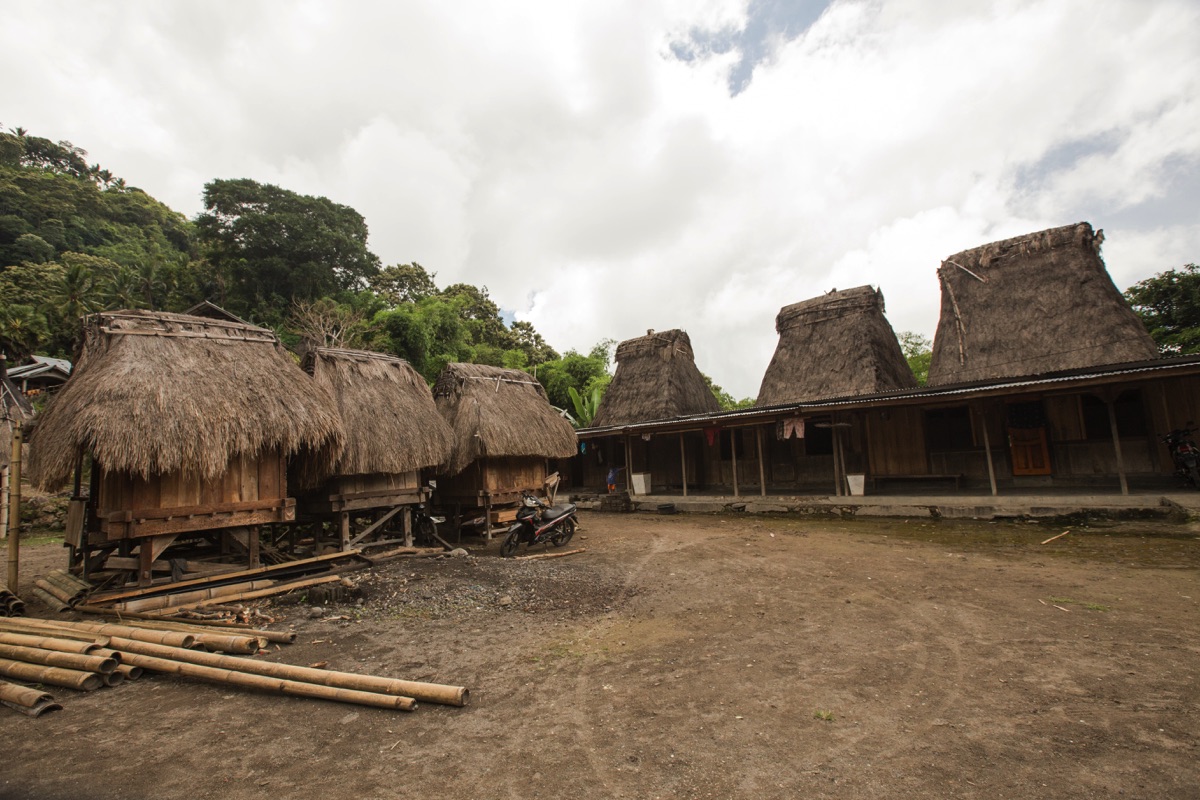
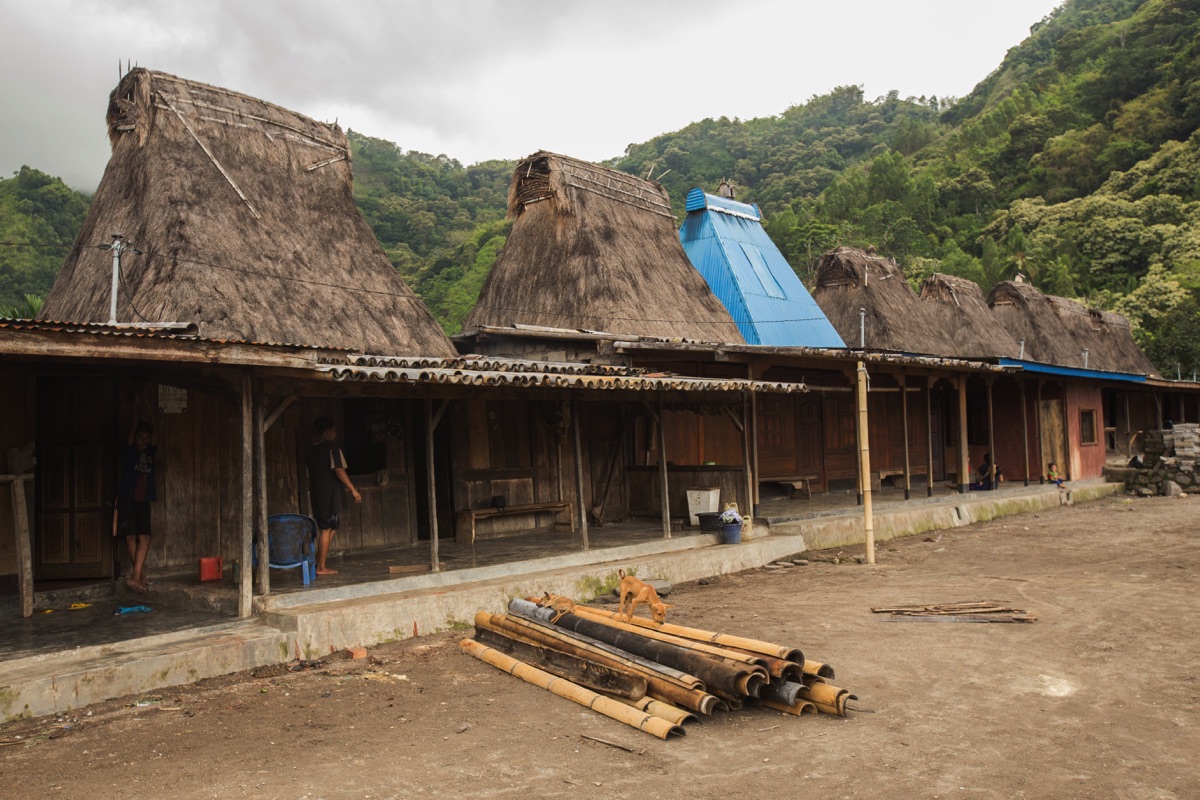
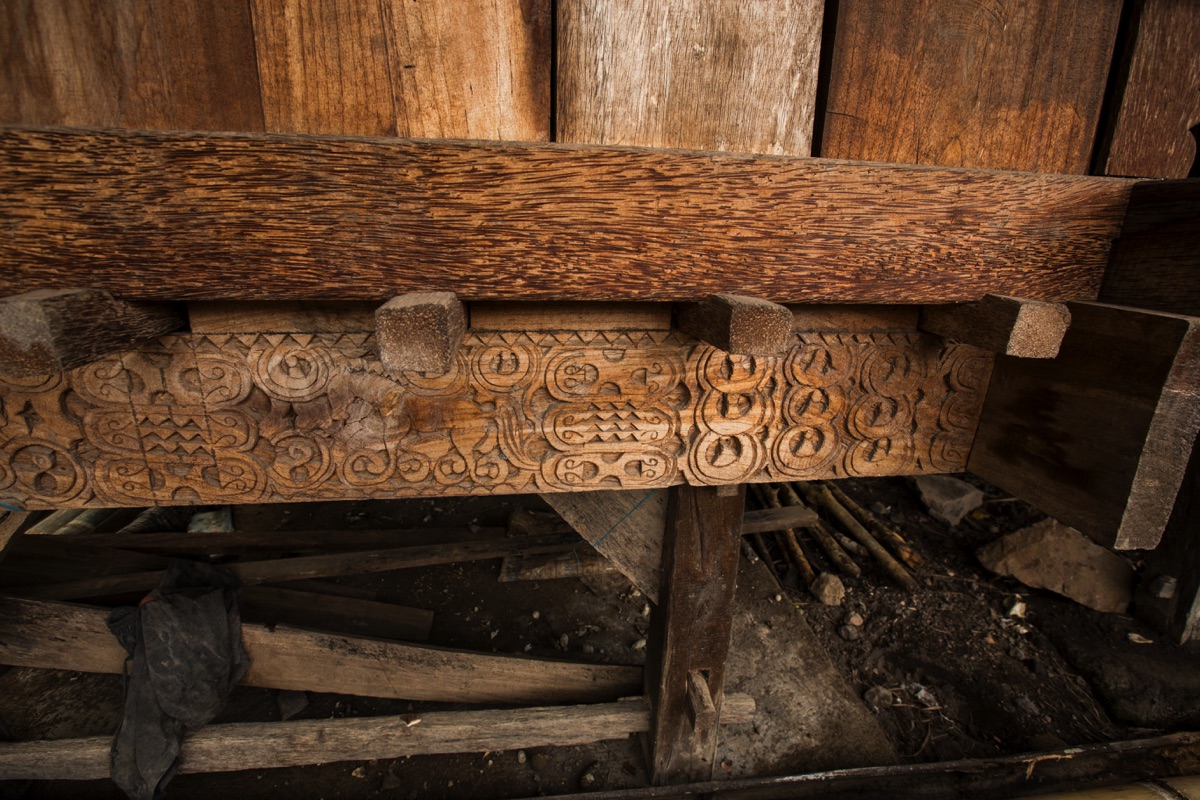
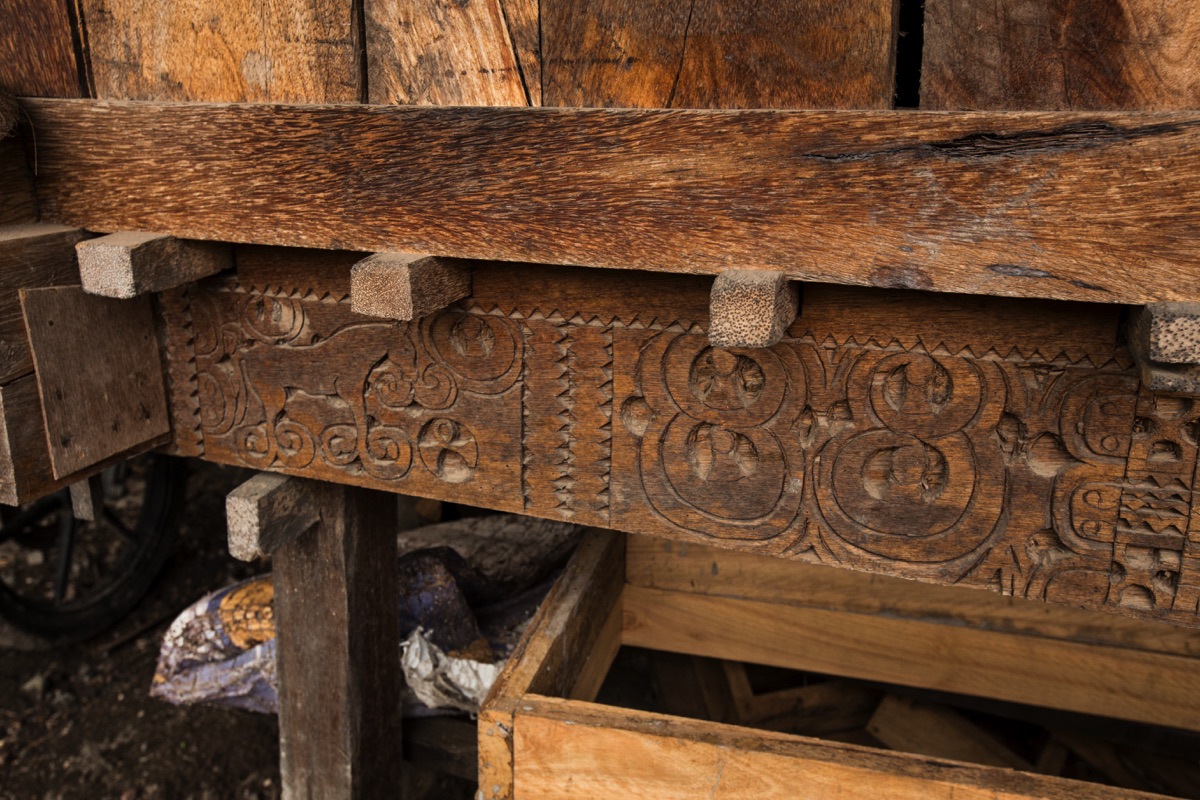
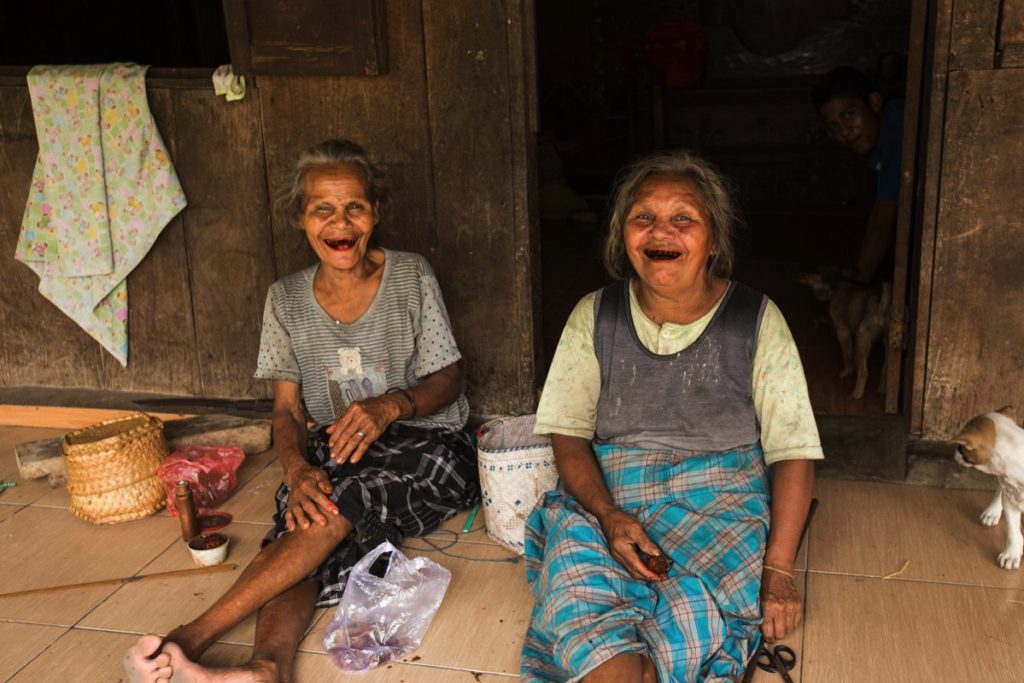
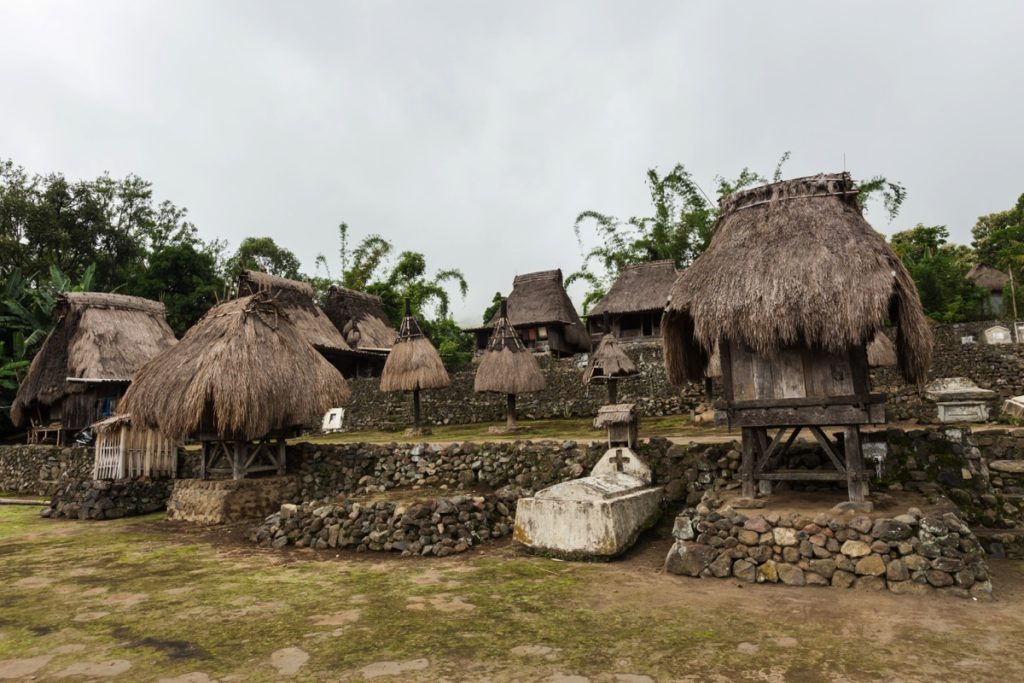
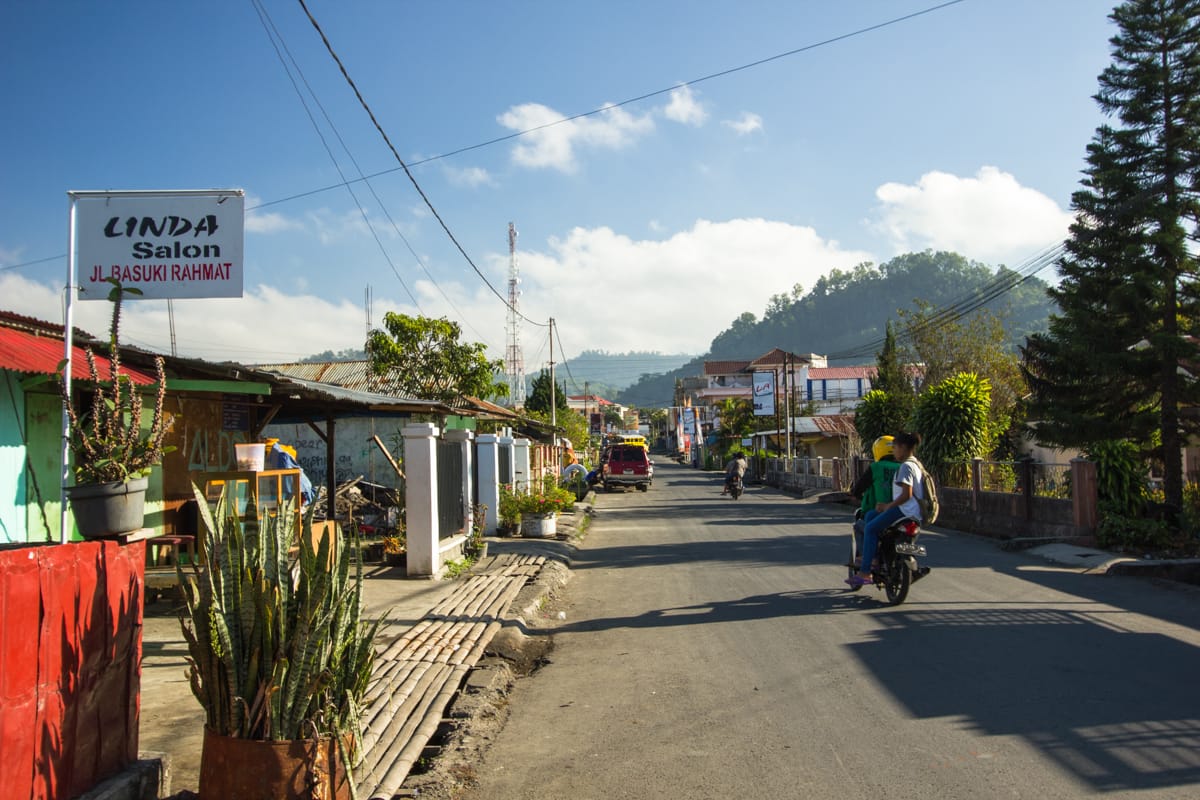
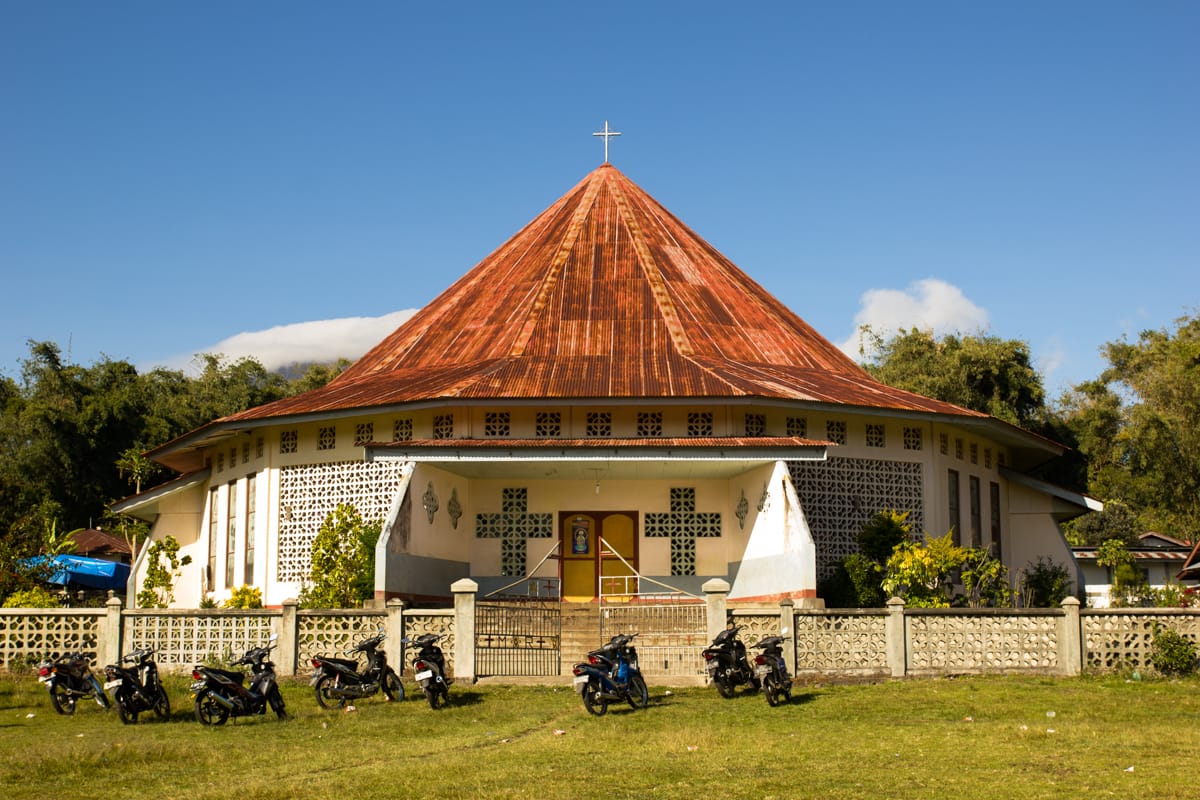
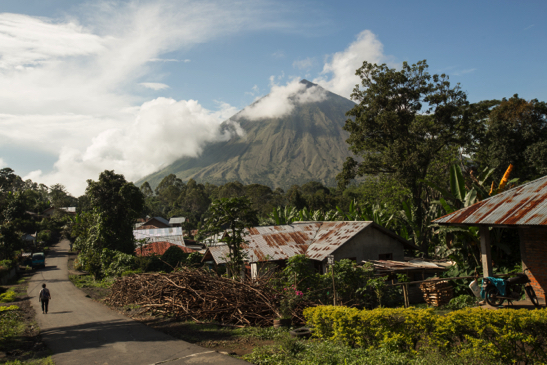
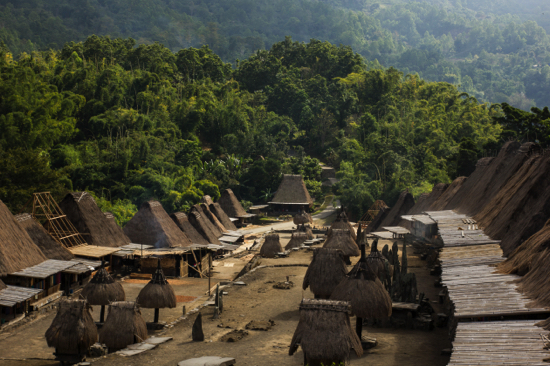

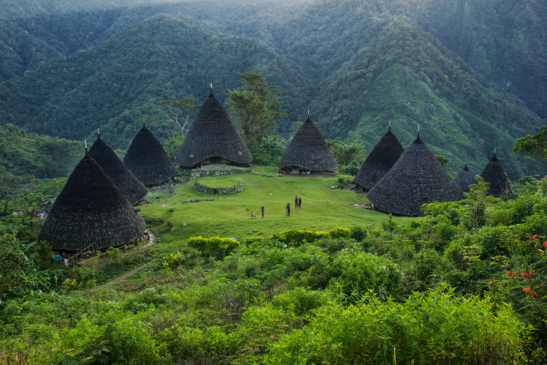
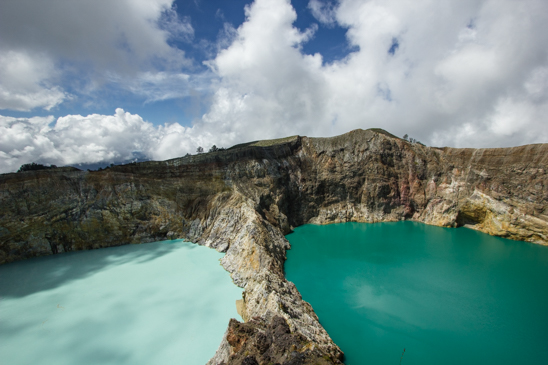
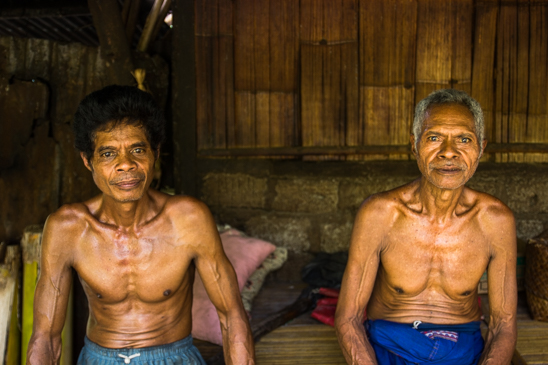
Leave a Reply